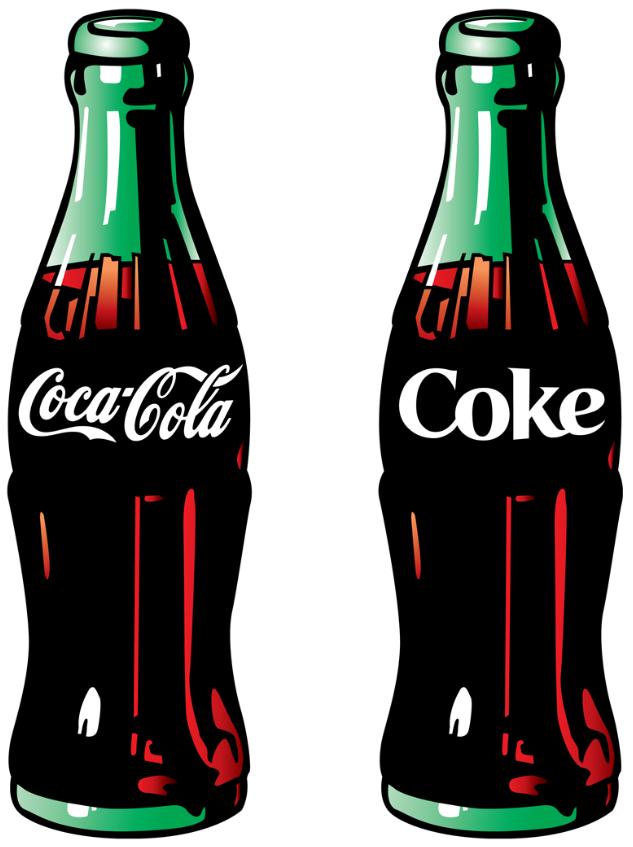NONPROFIT DOES NOT MEAN NONSTRATEGIC
Every organization must balance the checkbook. This is true regardless of that organization’s mission, vision, status, and location. One interesting nuance to this truth is the distinction between for-profit and nonprofit organizations.
A for-profit company creates a strategy that ensures sufficient revenue so that the business remains profitable. An unprofitable company will not remain solvent. A nonprofit organization essentially does the same thing. In the nonprofit’s case however, the organization creates a strategy that ensures sufficient revenue so that after all the salaries, bills, and operating expenses are paid, enough money is left over to fund the mission of that organization. That’s the point; instead of generating a profit for shareholders and owners, the organization wants to generate sufficient revenue to accomplish its original purpose.
Given these scenarios, the question arises, do both types of organizations need to create the same kinds of strategies, and is that particular challenge equal for both? Historically, many nonprofits have been slow to adopt some of the same strategies that for-profit businesses have been using for a long time. However, once those same nonprofits adopt (or adapt) those strategies, most wonder why they didn’t make that decision sooner. The bottom line is that the bottom line is essential.
Diana Aviv is the CEO of the nonprofit, Feeding America. I like how she addresses the implications of these truths for the nonprofits. Most nonprofits must depend on some combination of grants, endowments, and donations. Precisely because of that coupled with the intrinsic nature of nonprofits, nonprofits often must be even more effective in how they strategize (“How Did I Get Here?: Diana Aviv.” Bloomberg Businessweek , 7/4/16–7/10/16, p. 72):
“ Nonprofits have to be more agile and innovative, because they’re doing everything with less resources. ”
Let’s face it: most nonprofits are not flush with cash and other resources. This is why it becomes even more important that nonprofits strategize with excellence. They literally cannot afford to miss the potential payoffs.
For this to happen, key officers in nonprofits as well as bench-level employees and members must be willing to assume a bold stance. They must be willing to take some risk, attempt some unorthodox approaches, and consider what the demographics and trends of their context reveal.
Your strategy is always driven by your goals, context, and circumstances. Therein lies the secrets to success for the nonprofit. That bold action must come one way or another. Failing to plan is planning to fail. And no organization wants to do that.











